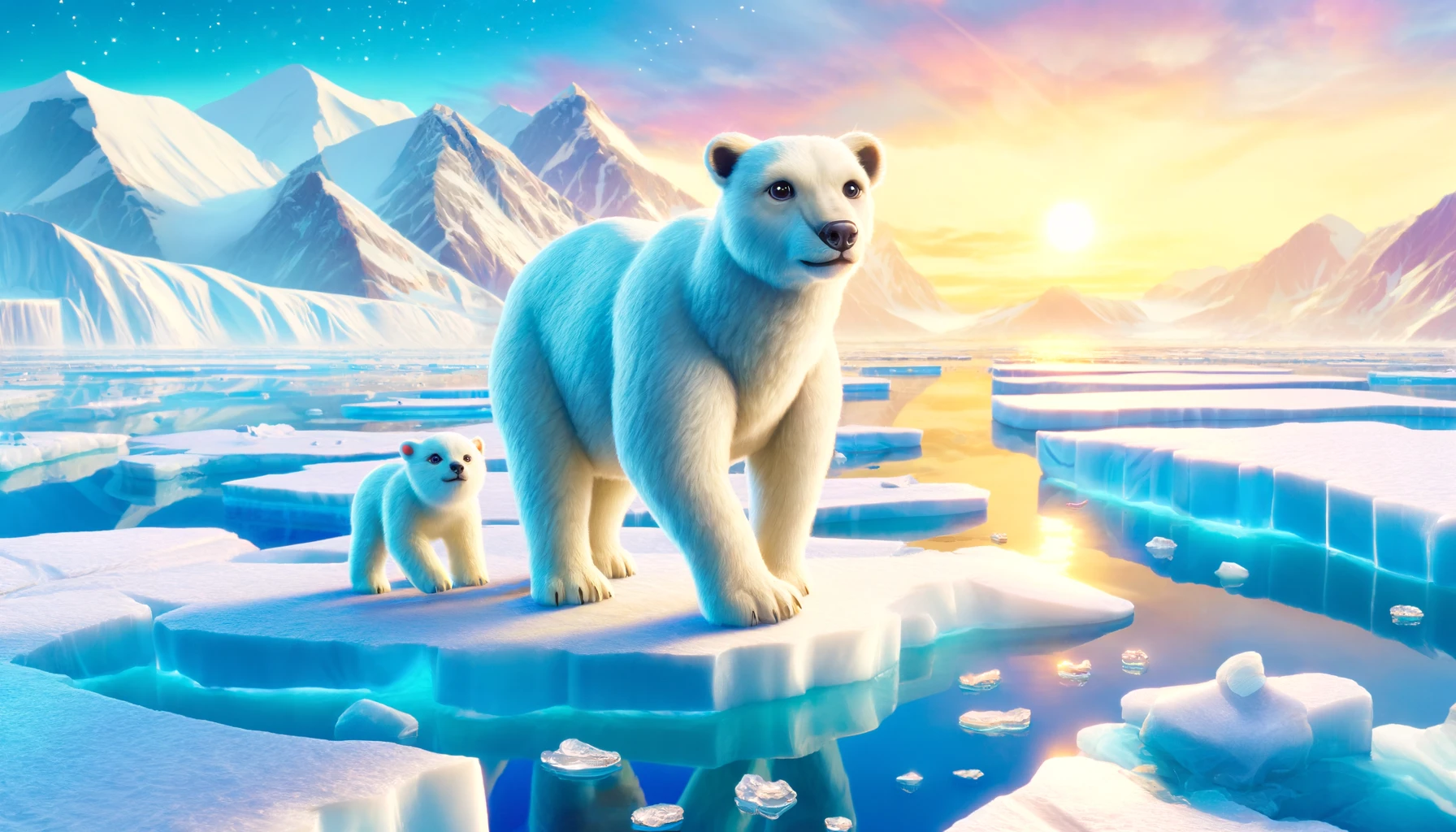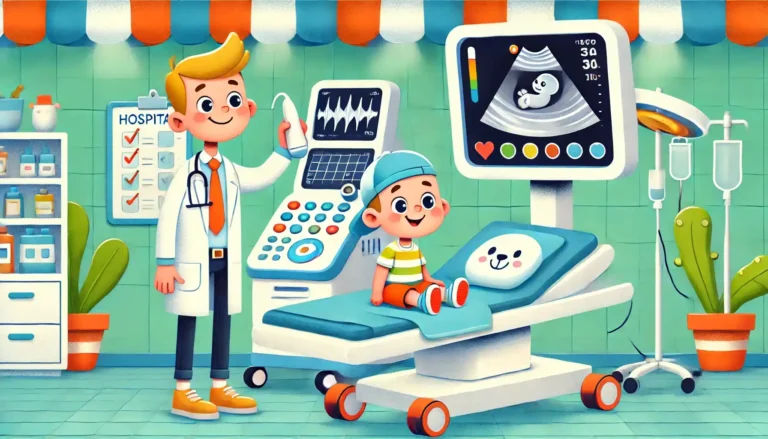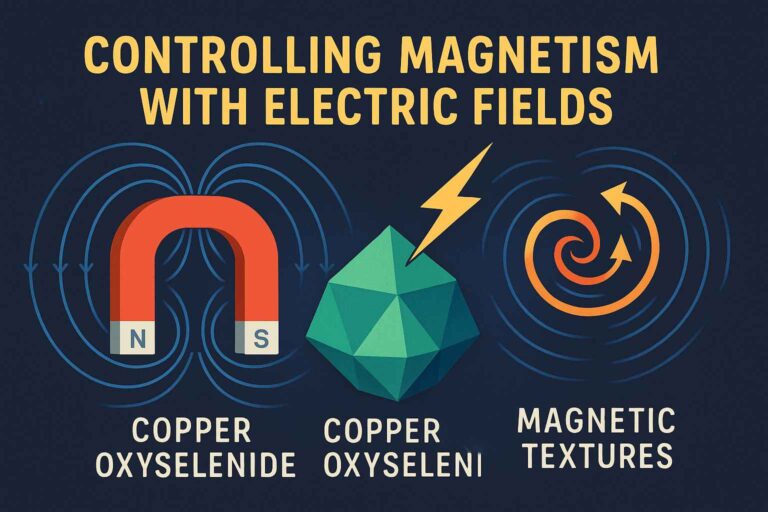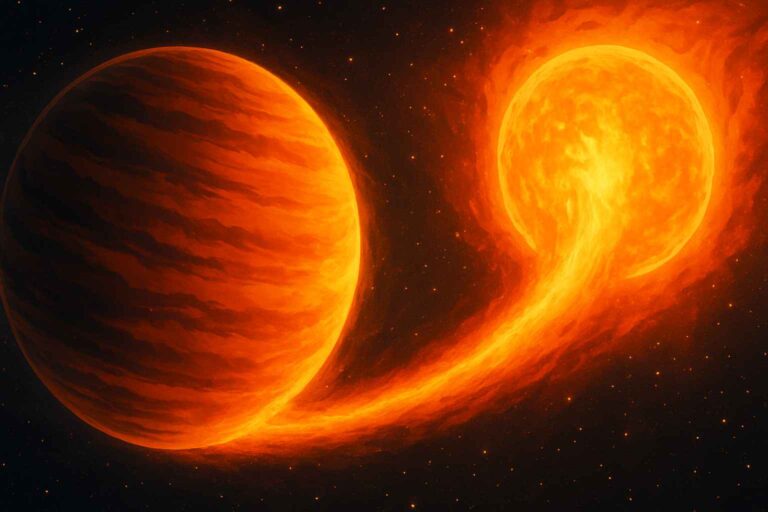
Deep in the icy world of Western Hudson Bay, a mother polar bear and her two tiny cubs step onto the frozen sea. The cold wind howls, but she is focused—she must find food. The ice beneath her paws is thinner than it used to be, and it is melting faster every year. She looks out over the vast Arctic, searching for a seal to feed her hungry cubs. But the ice is disappearing, and her hunting season is getting shorter. Will she be able to keep her cubs alive?
Why Are Polar Bears in Trouble? 🧊🐻
Scientists at the University of Toronto Scarborough have discovered something alarming—polar bear numbers in Western Hudson Bay have dropped by nearly 50%! This means that in just a few decades, there are half as many polar bears in this region as there used to be. Why? Because climate change is melting the ice, making it harder for polar bears to hunt, eat, and survive.
Polar bears are expert hunters, but they depend on sea ice to catch their favorite food—seals. These bears wait patiently on the ice for seals to appear in breathing holes. But with ice melting earlier and freezing later, their hunting season is getting shorter. That means less food, weaker bears, and fewer cubs surviving.
The Science Behind the Decline 🔬📊
Scientists created a bio-energetic model to track how much energy polar bears need and how much they actually get from hunting. They combined this model with 40 years of real data from 1979 to 2021. Here’s what they found:
✅ Polar bears are getting smaller—Adult females weigh 86 pounds less than they did decades ago.
✅ Cubs are weaker—One-year-old cubs weigh 47 pounds less than before.
✅ Fewer cubs are being born—Mothers have 11% fewer cubs than they did 40 years ago.
✅ Mothers struggle to feed their young—With less food and shorter hunting seasons, mother bears can’t produce enough milk for their babies.
What This Means for the Future 🐾❄️
The scientists say that Western Hudson Bay is just the beginning. The Arctic is warming four times faster than the rest of the planet, which means that polar bears in other regions will likely face the same struggles. If sea ice continues to shrink, polar bears could disappear from some areas entirely.
Can We Help Save the Polar Bears? 🌎💙
The good news? We can still help! Scientists believe that if we reduce carbon emissions, we can slow down global warming and help protect sea ice. Here are some ways we can all make a difference:
🌿 Use less energy—Turn off lights when you don’t need them!
🚲 Walk or bike instead of driving—Less pollution helps keep our planet cool.
💡 Support clean energy—Wind and solar power are great for the environment!
♻️ Reduce, reuse, recycle—Less waste means a healthier planet.
The Final Message: Hope for the Future ✨
The mother polar bear and her cubs continue their journey across the melting ice. She knows the challenges ahead, but she won’t give up. With the help of scientists, conservationists, and people all over the world, there is still hope for polar bears.
The Arctic is their home, and it’s up to all of us to protect it. Will we rise to the challenge and help save these incredible creatures? 🐻❄️❄️






